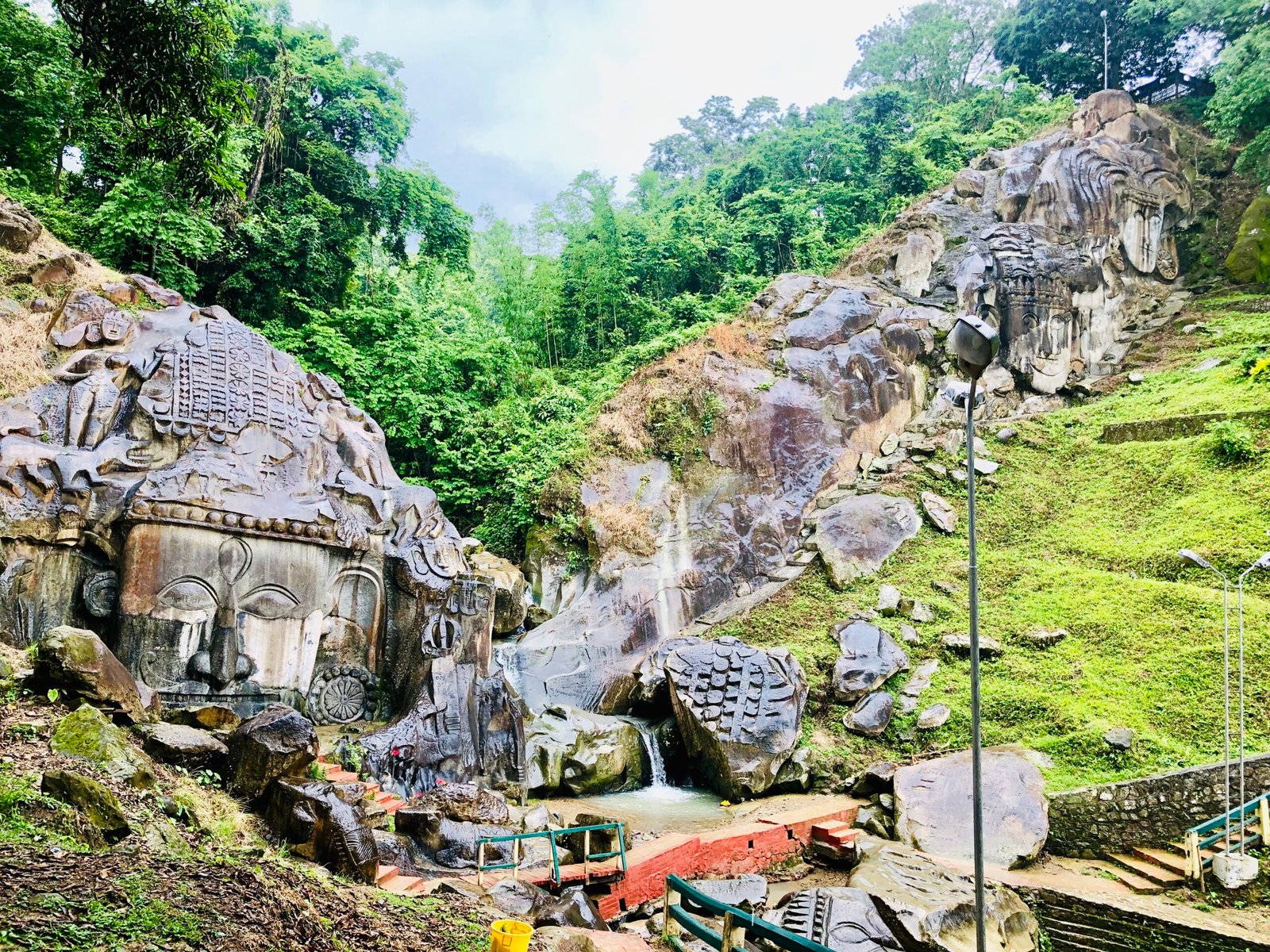‘Heritage’ what does this word strike in our minds? Monuments, cultures, places of worship, or iconic buildings? While we know a lot of heritage sites being preserved as tourists destination, thanks to the advancements in archaeology; there are still many that we do not know of! There is a lot that is yet to be explored, these hidden niches hide in them a lot of history that is worth exploring, worth redefining.
Redefining the lost glory
Have you heard about a Chinese temple in Mumbai or small Chinese communities living in parts of Mumbai & Kolkata even today? Do you know about a bridge formed out of tree roots in Meghalaya? Have you ever heard of a 65 million-year-old rock formation in Mumbai, which is one of the only three such kinds in the whole world? The list can grow extensively and continue to surprise us more.
Let us explore such unexplored niches and relive the history!
Nipponzan Myohoji Buddhist Temple


Worli Naka, Mumbai
Japanese Buddhist Temple, 1930s
Nippozan Myohoji Temple, a Japanese Buddhist temple is situated amidst all the chaos of Mumbai traffic and will only be visible to those with keen observations. As soon as one steps in, the calm and peaceful atmosphere takes you to another world of interiors in yellow Malad stone and white marble, adorned with Japanese motifs and various relics and symbols in gold. The tall triangular tower at the center on the exterior shows the influence of the Cambodian & Hindu style Buddhist temples and has relief work on it and the lintel on the entrance is carved with Japanese scriptures. Built around the 1930s by the Japanese monk, Nichidatsu Fuji, this temple is functional for ages and yet least famous among Mumbaikars. The temple needs utmost attention to gain back its lost glory and recognition. This great and distinct heritage of Bombay not only needs to be preserved but its significance also needs to be made aware to the people and tourists.
Chand Baori

Abhaneri, Rajasthan
Stepwell, the 1800s
Stepwells have been the most artistic and functional feature in the architectural history of India. And yet in today’s modern world, we have failed to acknowledge and appreciate the beauty of these structures to an extent that they have been almost forgotten, turned into trash pits, or into zones of high anti-social activities. ‘Chand Baori’ located in Abhaneri of Rajasthan, is a historical wonder situated between two hotspot tourist destinations of Jaipur & Agra. Depicting features like the arched openings, the Chatris- elevated canopies, the carved columns and the yellow sandstone structure with carvings of Hindu relics show influences of the palatial architecture. This is believed to be the deepest stepwell in India and needs to be conserved, preserved, and made more tourist-friendly rather than letting it unattended and deteriorating over time.
Unakoti Hills


Tripura
Rock cut art, 600 – 700 AD
Apart from magnificent built structures there also exists a lot of art in nature and our surroundings having historical importance, but often abandoned and destroyed due to lack of care. The rock-cut art sculptures at Unakoti Hills in the far northeast corner of the Indian state Tripura is an example of hidden heritage. Unakoti is a Shaiva pilgrimage site with a group of massive rock-cut art and ancient temples. The central rock-cut Shiva is known to be 30feet in height while there also other rock-cut arts of various Hindu deities. The art is believed to be existing in the Unnakoti hills since the 7th and 9th centuries. The total number of these mesmerizing sculptures is yet to known and the Archaeological Survey of India claims that there are still a lot of such rock-cut sculptures in the Unakoti forests that till today remain undiscovered. In spite of this very little is been done to take care of this heritage site, as a result of which most of the sculptures today lie in deteriorating conditions.
All in All
Heritage, be it be a natural site or a built structure, its historical importance, and the fact that it has stood strong even today is something we must be proud of. Such hidden heritages must be redefined and preserved thus restoring them back to their glory. Hence Heritage conservation is of utmost importance equally through awareness and through architectural conservation methods.



